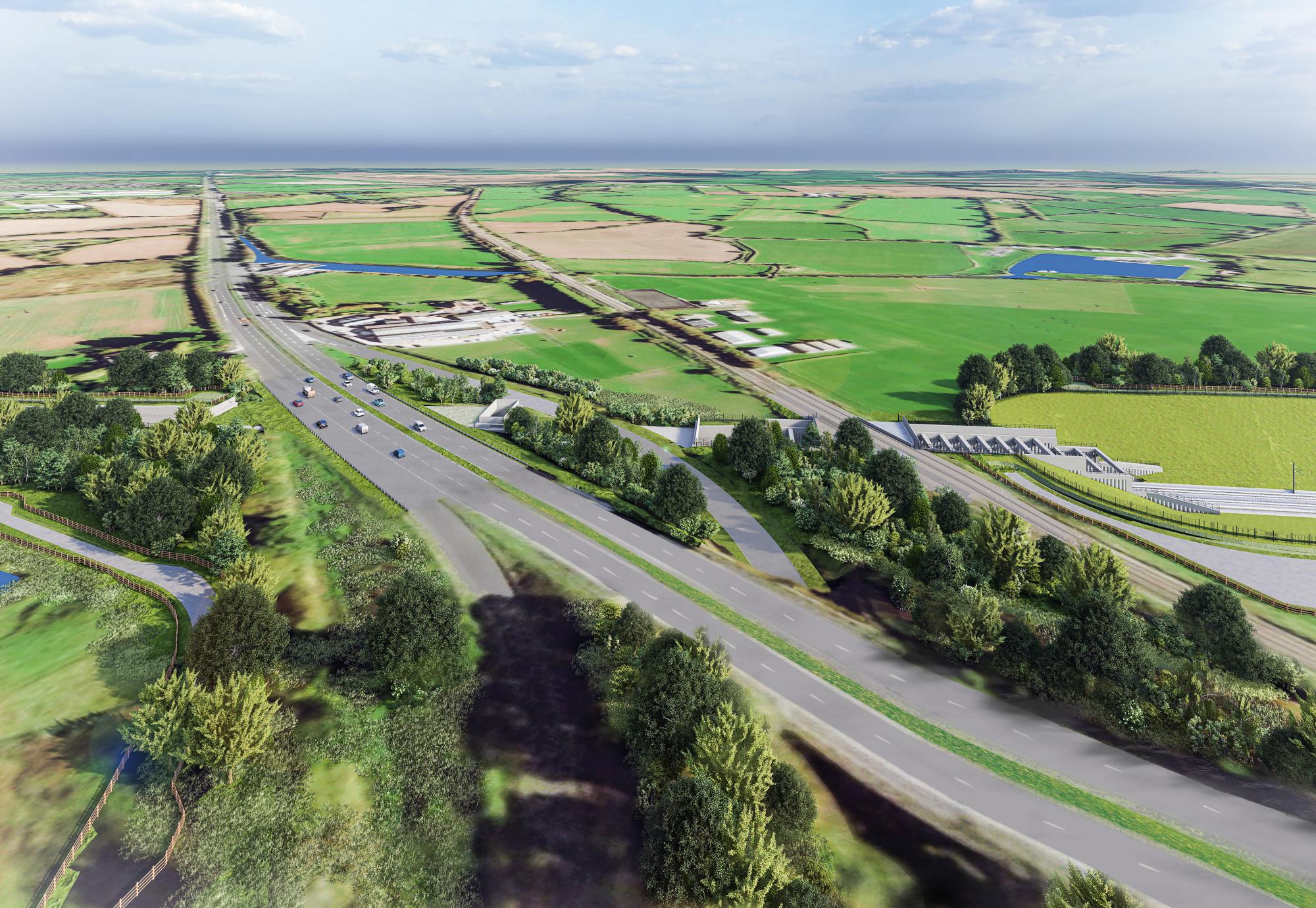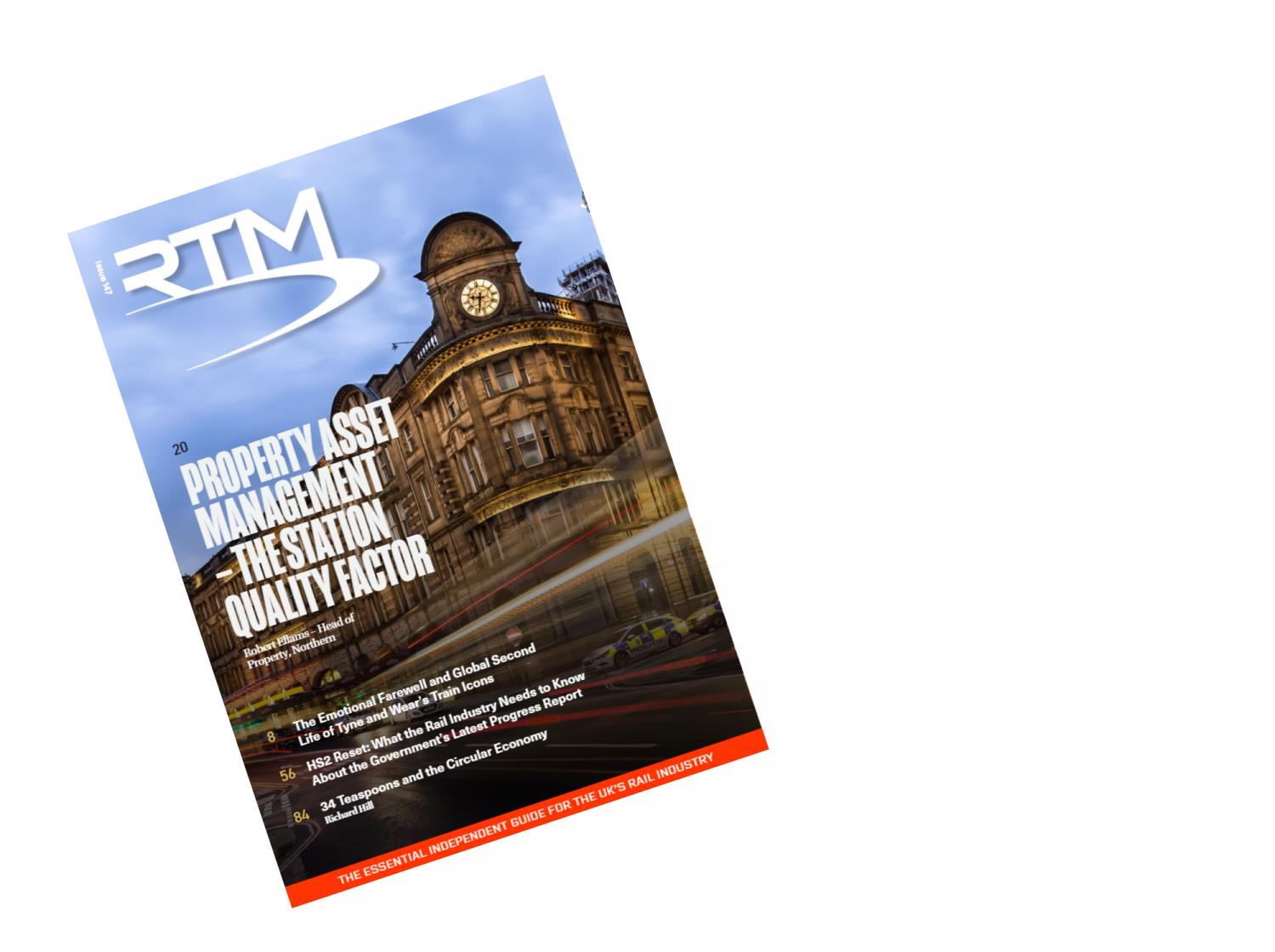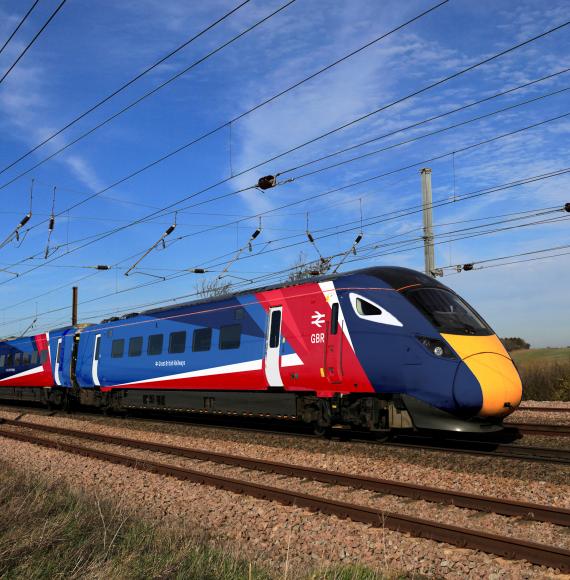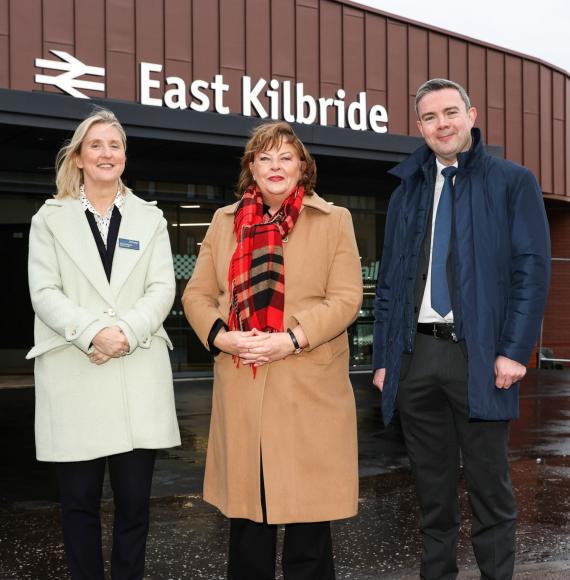The design teams at HS2 have managed to reduce the length of wall structures at Streethay from 1.6 kilometres to 420 metres, which allows the build to be completed with 80% less concrete required. This will aid in the overall ambition from HS2 to reduce the carbon requirements involved in the project.
This reduction in the structure length will equate to the savings of around 700,000 cubic metres of concrete, which works out to be the equivalent of 6,700 concrete mixer lorry loads. Throughout this project, the total savings of carbon consumption can be measured out to 420,000 tonnes thanks to the new design allowances.
The railway will pass through Streethay in a cutting, where the shortening of structure lengths means the community will experience less noise disruptions as the construction process is carried out. Fewer large machines will be required on the site as well as fewer mixer lorries required, which should see less congested roads.
Simon Hinsley, Senior Project Manager for HS2 Ltd said:
“As we’ve been developing the detailed design for HS2, it’s vital that we try to minimise impacts and get the best solution for the communities near the new railway line. We listened to the community back in 2017 and changed the design from viaduct to cutting, and we’re pleased that these further updates bring more benefits, both for the local community and the environment – better visuals, less carbon from concrete, shorter construction period and more environmental features.”
Throughout the HS2 project, incorporating the local environments and agriculture into designs and construction processes has been imperative to achieving a greener railway, as well as maintaining natural habitats within the affected communities. In keeping with these ideals, most of the Streethay cutting will now have sloping earth banks, improving the visual appearance of the railway and increasing the opportunity for wildlife habitats and landscape planting to protect against noise from the railway.
Andy deBell, Head of Stakeholder Engagement for BBV, said:
“We’re pleased to confirm these new and improved design changes, which we’ve introduced after working closely with the local community.
“This new design will see the HS2 line pass underneath the A38 and neighbouring railway line, bringing significant environmental and community benefits. We’ll need to work on the slip road to the south to deliver these changes, which we understand will cause some localised disruption. However, we’ll do everything we can to minimise any impact as much as possible. Phased traffic management and signposted diversions will be in place during this phase of the work.
“We’ll continue to make sure the local community is kept updated, providing more detail on the works before they begin and during construction. There’ll also be opportunities in the near future for local residents and businesses to attend community drop-in sessions, where they can find out more about what’s going on in their area.”
In earlier potential designs, the railway was set to cross over the A38 Rykneld Street, A38 southbound slip road, and the South Staffordshire train line. Due to the incorporation of community feedback through a public consultation, the design was changed in 2017, adapted to instead pass beneath these roads and the railway in a cutting, which greatly reduces the visual impact of HS2 in this area.

















